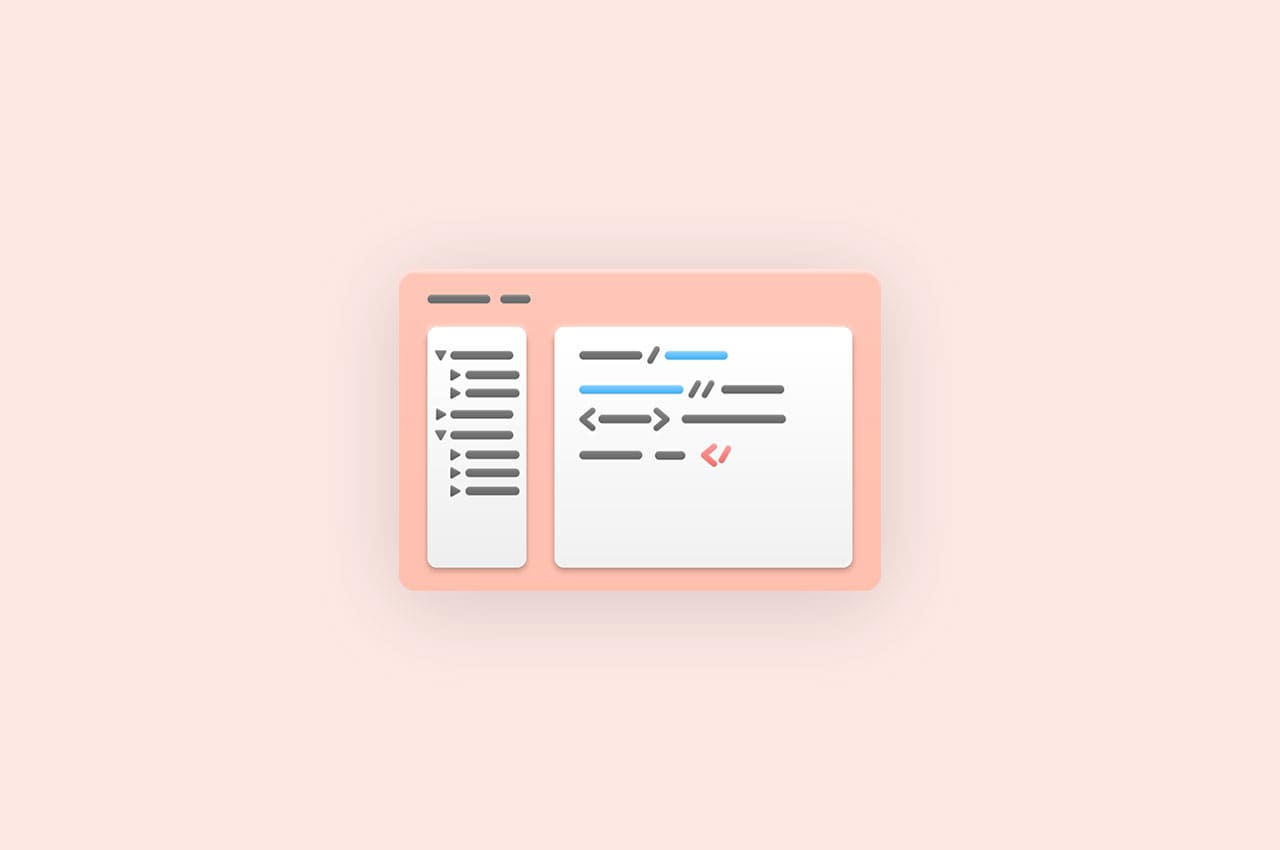Future & Trends of HR Analytics & Attendance Management in 2023

What is HR Analytics?
HR analytics is the practice of using data to inform human resource management decision-making and strategy formulation. It entails obtaining, analyzing, and interpreting workforce data in order to uncover trends, patterns, and insights that can help enhance organizational performance and results. HR analytics is important because it enables HR professionals and management to make more accurate, objective, and strategic data-driven decisions. It enables employers to gain a deeper understanding of their personnel, including their strengths and shortcomings, as well as the factors that influence employee engagement, productivity, and retention. Attendance management is one area where HR analytics can be used. Attendance data is information about when employees arrive and leave work, how much time they take off, and how frequently they are absent. Attendance is a critical measure of employee engagement, productivity, and well-being; hence this data is important in workforce management.
Organizations can uncover patterns and trends in absenteeism, tardiness, and other forms of time off by studying attendance data. This data can be used to improve attendance standards, identify employees who may require more assistance or training, and avoid workforce interruptions caused by absenteeism or other attendance-related issues. HR analytics, for example, can assist in identifying the core causes of absence, such as heavy workloads, bad management, or employee burnout. It can also aid in the identification of employees who have a history of absenteeism or are at risk of developing attendance-related issues. This data can then be utilized to create targeted interventions such as flexible work arrangements, wellness programs, or opportunities for training and development.
To summarize, HR analytics is a great tool for improving attendance management and overall labor management. Organizations may better understand their workforce, identify areas for improvement, and make data-driven decisions that result in improved outcomes for both employees and the firm as a whole by harnessing attendance data.
Types of Attendance Data
HR professionals can use HRMS analytics to collect and analyze various types of attendance data to get insights into employee attendance patterns, detect potential concerns, and make informed decisions. HR experts can assess the following forms of attendance data:

- Absenteeism rates: Absenteeism is the frequency with which employees miss work. This can be quantified in a variety of ways, including the number of days missed per employee or the proportion of total workdays missed by the entire workforce. Absence rates can be used by HR experts to discover trends, such as which departments or individuals have greater absence rates, and take corrective action as needed.
- Tardiness: Tardiness is the frequency with which employees arrive late for work. This can be quantified in a variety of ways, including the number of times an employee is late or the total amount of time an employee is late. HR professionals can use tardiness data to discover trends, such as which employees are routinely late or which departments have higher rates of tardiness, and take appropriate corrective action.
- Leave requests: The number of requests for time off, such as vacation days, sick leave, or personal days, are referred to as leave requests. HR professionals can use leave request data to discover trends, such as which departments or individuals are taking more time off than others, and take appropriate corrective action.
- Time and attendance data: The hours worked by employees, including regular hours, overtime, and breaks, are referred to as time and attendance data. Time and attendance data can be used by HR professionals to check compliance with labor laws and regulations, find opportunities to optimize scheduling and workload distribution, and track productivity.
- Workforce capacity: The amount of employees available to work at any particular time is referred to as workforce capacity. Human resource professionals can use workforce capacity data to identify possible staffing gaps and alter schedules and workloads as needed.
HR professionals can get insights into employee attendance trends, identify potential concerns, and make data-driven decisions that can help increase attendance, reduce absenteeism and tardiness rates, and optimize workforce management by collecting and analyzing various forms of attendance data.
Benefits of Using HRMS Analytics for Attendance Management
Using HRMS analytics for attendance management has various advantages. Here are some of the benefits:
❖ Identifying patterns and trends: HRMS analytics enables HR professionals to collect and analyze attendance data, allowing them to spot patterns and trends in employee attendance. This data can be utilized to identify the core reasons of absenteeism, tardiness, and other attendance-related issues, allowing HR professionals to take proactive efforts to avoid them in the future.
❖ Forecasting future attendance: HRMS analytics can be utilized to forecast future attendance patterns by examining historical attendance data. This data can be used to forecast workforce disruptions caused by absenteeism or other attendance-related concerns, alter schedules and workloads, and prepare for future staffing needs.
❖ Making data-driven decisions: HRMS analytics gives HR professionals with the information they need to make informed, data-driven attendance management decisions. By examining attendance data, HR professionals can identify areas for improvement, create focused interventions to solve attendance-related concerns, and make smart workforce management decisions.
❖ Improving worker performance: HR managers can improve workforce performance by finding opportunities to optimize personnel levels, improve scheduling, and solve attendance-related concerns by using HRMS analytics to track attendance data. This can result in increased employee engagement, productivity, and satisfaction, as well as improved organizational performance.
❖ Increasing efficiency: By automating the gathering and analysis of attendance data, HRMS analytics can improve efficiency in attendance management. This lowers the need for manual data entry and analysis, allowing HR professionals to devote their time to more important duties.
In conclusion, HRMS analytics offers HR executives with a strong tool for managing attendance. HR professionals may detect patterns and trends in attendance data, estimate future attendance, make data-driven choices, improve worker performance, and increase efficiency by using HRMS analytics to analyze attendance data. This can result in a more engaged and productive workforce, better organizational performance, and better outcomes for both individuals and the organization.
Metrics and KPIs for Attendance Management
Businesses can use a variety of metrics and key performance indicators (KPIs) to assess attendance performance. Here are some of the most common:

- Employee utilization rate: This is the percentage of time that employees are actively working as opposed to being absent or idle. This statistic is useful for determining how efficiently the staff is used and finding potential areas for improvement.
- Time-to-fill rate: The time-to-fill rate calculates how long it takes to fill available positions owing to absenteeism or other attendance-related concerns. This statistic is important for spotting potential hiring bottlenecks and measuring progress in staff planning and management.
- Absenteeism rate: The absenteeism rate is the percentage of workdays that employees miss due to unscheduled absences. This statistic is important for determining how frequently employees are missing and identifying potential reasons influencing attendance, such as workplace stress or discontent.
- Tardiness rate: The percentage of employees that arrive late to work is measured by the tardiness rate. This measure is important for determining how frequently employees are late and identifying potential scheduling or employee engagement concerns.
- Leave request rate: This metric tracks the frequency and duration of employee requests for time off, such as vacation days or sick leave. This indicator can help you assess how frequently employees take time off and detect potential issues with employee burnout or work-life balance.
- Productivity loss: The impact of absenteeism and tardiness on overall staff productivity is measured by productivity loss. This statistic is valuable for determining the impact of absenteeism and tardiness on the bottom line and suggesting potential areas for improvement.
- Workforce capacity utilization: This metric calculates the percentage of available workforce capacity that is being used at any particular time. This statistic is important for analyzing labor utilization and identifying potential areas for improvement in workforce planning and management.
Businesses can obtain insights into attendance performance, discover possible areas for development, and make data-driven decisions to optimize workforce management and improve organizational performance by tracking and evaluating these indicators and KPIs.
Data Visualization and Reporting
Data visualization techniques can be used to portray attendance data in an understandable and usable format. Here are some pointers on how to use data visualization techniques:
➔ Use clear and concise visuals: Choose visualizations that are easy to read and understand, such as bar graphs, pie charts, and line charts. Make sure the images are not cluttered and clearly convey the required information.
➔ Highlight critical data points: Use colors, strong lettering, or other visual signals to draw attention to important data points, such as attendance trends or anomalies.
➔ Provide context: Provide context by using language or annotations to clarify what the data means. This can assist users in comprehending the value of the data and how it connects to corporate goals.
➔ Make it interactive: Use interactive features like drop-down menus and sliders to allow people to explore the data in new ways and drill down into specific aspects.
Here are some HRMS analytics report examples that firms can use to track attendance trends and make educated decisions:

- Absenteeism trend report: This report analyzes employee absence rates over time, allowing employers to spot trends and patterns in employee absences. The report can be segmented by department or location, allowing firms to discover possible concerns at a finer level.
- Tardiness analysis report: This report records employee tardiness rates over time and provides insights into why employees are late, such as traffic or personal difficulties. This data can be utilized to discover potential scheduling or engagement difficulties that may be causing tardiness.
- Leave request analysis report: This report analyzes employee requests for time off, such as vacation or sick leave, and gives information on the frequency and duration of these requests. This data can be utilized to spot possible problems with employee burnout or work-life balance.
- Capacity utilization report: This report measures workforce capacity utilization rates, allowing firms to discover possible bottlenecks or underutilized manpower regions. This data can be utilized to improve staff planning and management.
By using these reports and data visualization techniques, businesses can gain insights into attendance trends and make informed decisions to improve workforce management and organizational performance.
Best Practices for Using HRMS Analytics for Attendance Management
Here are some best practices for using HRMS data to monitor attendance:
- Ensure data accuracy and integrity: It is critical to have clear attendance policies and procedures in place to ensure that attendance data is correct and reliable. HR experts should analyze attendance data on a regular basis to discover inaccuracies and anomalies, and engage with managers and supervisors to resolve any issues that arise.
- Establish clear attendance policies: Having clear attendance policies in place will assist ensure that staff understand what is expected of them in terms of attendance and timeliness. HR professionals should collaborate with managers and supervisors to set consistent, fair, and properly articulated attendance policies for employees.
- Communicate attendance expectations to employees: It is critical that attendance expectations, including the repercussions of absences and tardiness, are communicated to employees. Human resource experts should collaborate with managers and supervisors to ensure that employees understand the value of attendance and how it affects the firm as a whole.
- Collect and evaluate attendance data on a regular basis: HR professionals should gather and analyze attendance data on a regular basis in order to discover trends and patterns that may signal possible difficulties. HR professionals can spot possible concerns and make proactive efforts to address them by monitoring attendance statistics.
- Make data-driven decisions: By analyzing attendance data with HRMS analytics, HR professionals can make data-driven decisions to enhance attendance and workforce management. For example, if absenteeism is excessive in a specific area, HR professionals can collaborate with managers and supervisors to determine the main cause of the problem and propose solutions.
- Continuously evaluate attendance policies and procedures: Attendance policies and procedures should be evaluated regularly to ensure that they are effective and aligned with the organization’s goals and objectives. HR professionals should collaborate with managers and supervisors to identify areas for improvement and implement necessary changes.
HR professionals can efficiently collect and evaluate attendance data, detect possible concerns early on, and make data-driven decisions to enhance attendance and workforce management by following these best practices.
Future of HR Analytics and Attendance Management
The future of HR analytics and attendance management is exciting and fast changing, with new trends and breakthroughs providing new chances to improve employee performance.
Here are some upcoming HR analytics and attendance management trends:

- Use of AI and machine learning: AI and machine learning are revolutionizing attendance management by helping HR professionals to predict attendance patterns and identify high-risk employees. AI and machine learning algorithms can find patterns and trends in historical attendance data that can be used to anticipate future attendance, allowing organizations to take proactive steps to solve potential difficulties.
- Integration with other HR technologies: HR analytics and attendance management are increasingly being integrated with other HR technologies, such as performance management, learning management, and recruitment management. This connectivity enables enterprises to acquire a more complete perspective of their personnel and make data-driven decisions that have an influence on overall business success.
- Real-time monitoring: As attendance data is monitored in real time, organizations can respond to attendance issues in real time. Real-time monitoring can help companies uncover attendance concerns before they become major ones, allowing them to take proactive measures to rectify them.
- Employee engagement and wellbeing: HR analytics and attendance management are being used more frequently to enhance employee engagement and wellness. HR professionals can spot trends in attendance data that may suggest employee burnout or other concerns, allowing them to take proactive steps to address them and enhance overall employee well-being.
- Predictive analytics: Predictive analytics is a new trend in HR analytics and attendance management that enables companies to identify high-risk employees and take proactive efforts to retain them. Predictive analytics can identify employees who are at danger of leaving the firm and provide insights that can be utilized to design retention strategies by evaluating attendance data and other HR data.
In conclusion, rising trends in HR analytics and attendance management enable firms to make data-driven decisions that affect overall business success. Organizations may improve attendance management and worker performance by employing AI and machine learning, integrating with other HR systems, real-time monitoring, focusing on employee engagement and wellbeing, and applying predictive analytics.
Conclusions
Finally, in today’s fast-paced company world, HR analytics and attendance management are becoming increasingly vital. Organizations may obtain significant insights into worker performance and make data-driven decisions to improve attendance management by using HRMS analytics to gather, analyze, and visualize attendance data. Absenteeism rates, employee utilization rates, and time-to-fill rates, for example, provide a tool to analyze attendance performance and suggest areas for improvement. However, best practices must be followed to maintain data quality and integrity, as well as to develop clear attendance standards and convey attendance expectations to staff. With emerging trends such as the use of AI and machine learning, real-time monitoring, and predictive analytics, the future of HR analytics and attendance management is promising, offering new opportunities to improve workforce performance and overall business success.




